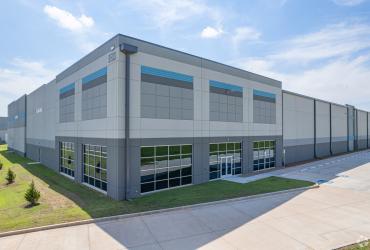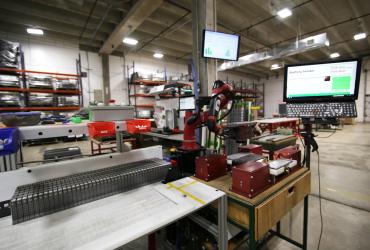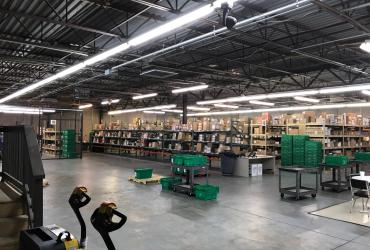
The commercial real estate vocabulary can sometimes be intimidating, and it can be quite challenging to learn how to navigate through all the commercial real estate terms. Leasing space is often the largest expense to your business, so it is important to understand all the terms in your commercial lease before signing. It is always recommended to have a real estate attorney review your lease and explain any terms that you don’t fully understand but below are some common terms that can help clarify any misconceptions about your lease.
Common Area Maintenance (CAM)
This term describes costs for shared areas in a property which are not directly leased but which are a common responsibility, such as hallways, restrooms, stairways, and walkways. Most lessors add CAM costs to square footage costs to calculate lease payments.
Base Rent
The term "base rent" refers to the minimum rent due under the terms of a lease. The lease may, or may not, require the tenant to pay additional rent based on a percentage or participation requirement.
Gross Lease
A lease in which the landlord agrees to pay for all common expenses, including utilities, repairs, insurance and property taxes. The cost of a gross lease is higher than for other types of leases because all of these items are included in the amount of the lease.
Triple Net Lease
Often referred to as NNN. This is a lease which includes all taxes, insurance, and maintenance costs in the monthly payment, but excludes other costs which are paid by the tenant like cleaning and utilities. This is the more common type of lease structure.
Tenant Improvement (T.I.) Allowance
A cash amount offered by a landlord to help you pay for renovations or build-out to a leased space. The allowance is usually a certain amount of money per square foot of rented space.
Default
Failure of landlord or tenant to fulfill a promise, discharge an obligation or perform certain acts.
Trade Fixtures
Items in a leased space that you can take with you when you move out. A trade fixture can generally be easily removed without damaging the property. Examples include furniture, inventory, and computers.
Option
A right is given to purchase or lease a property upon specified terms within a specified time. If the right is not exercised, the option holder is not subject to liability for damages. If the holder of the option exercises it, the grantor of the option must perform the option’s requirements.
Estoppel Certificate
The owner/ landlord of a property may require a tenant leasing a property to sign an estoppel certificate, which verifies the major points (e.g., base rent, lease commencement, and expiration) existing lease between the landlord and tenant.
Right of First Refusal
The Right of First Refusal, or ROFR, gives the tenant the ability to accept or decline any additional space that the landlord has available to rent. Therefore, the landlord would be required to offer to the tenant with a ROFR clause included in their lease any additional space before leasing that space to another tenant.









